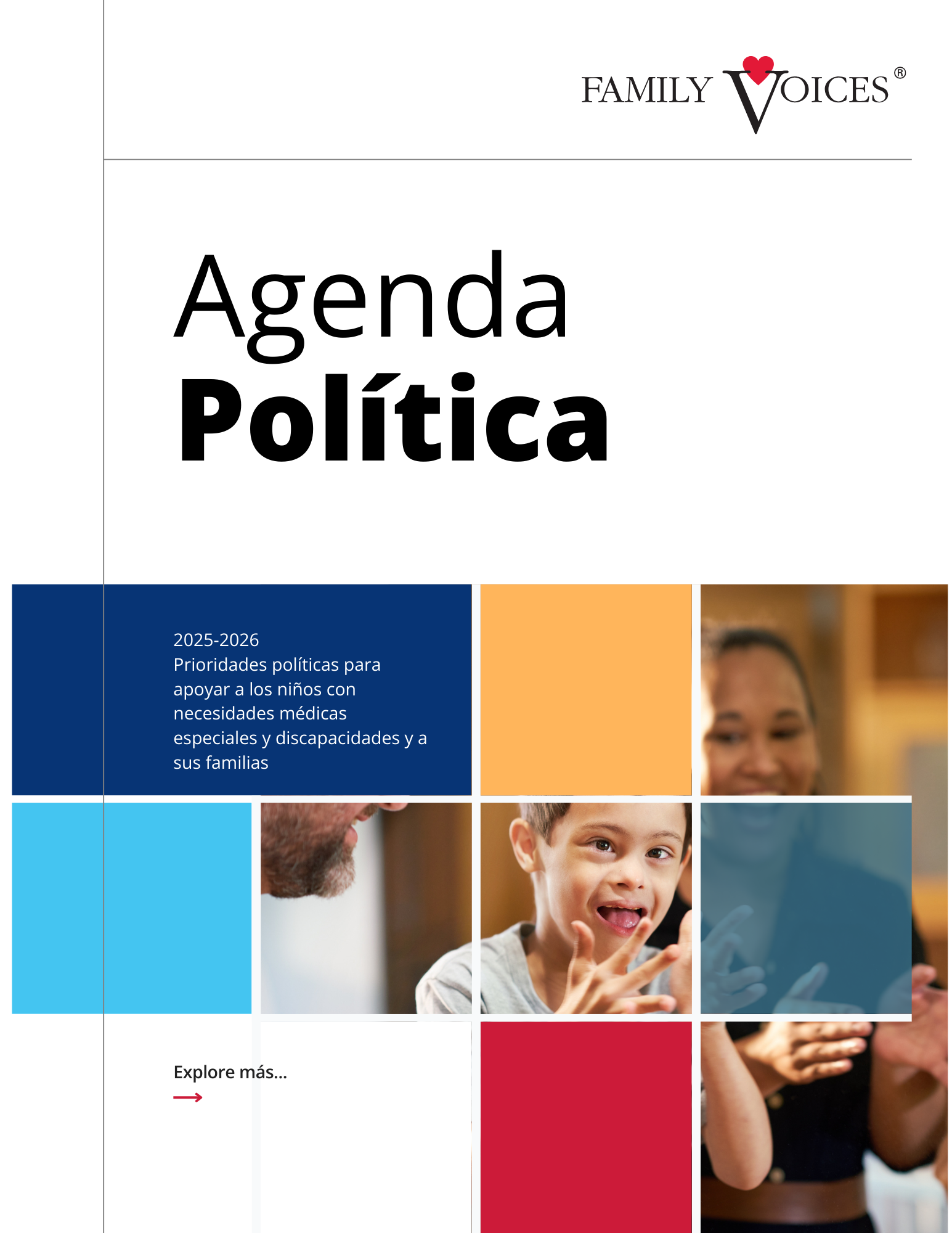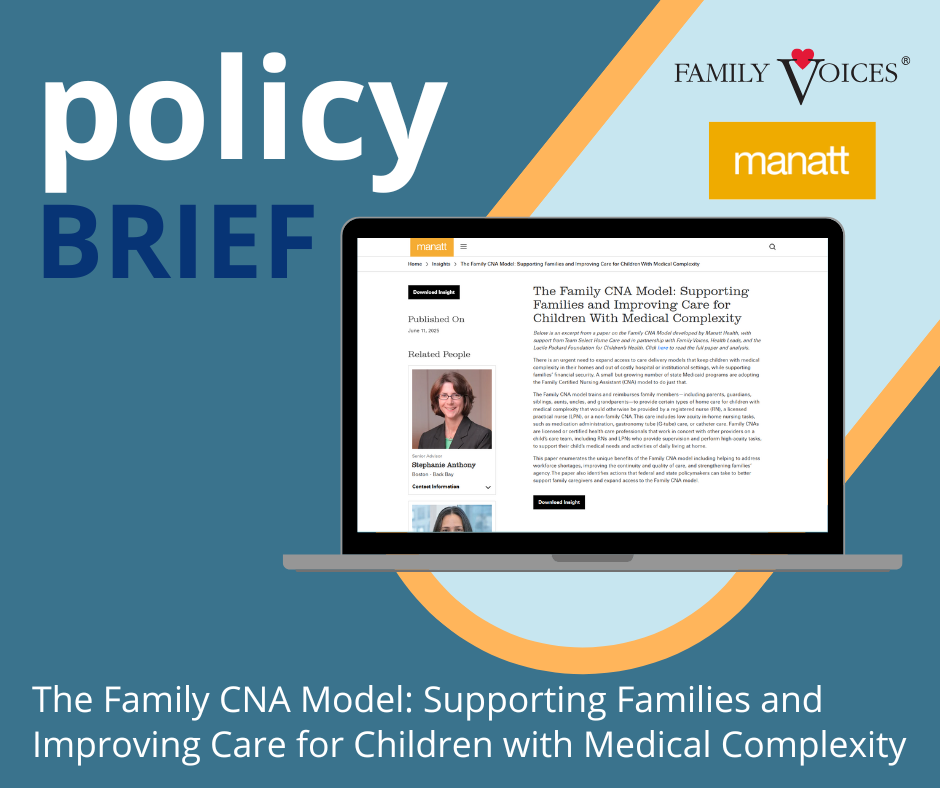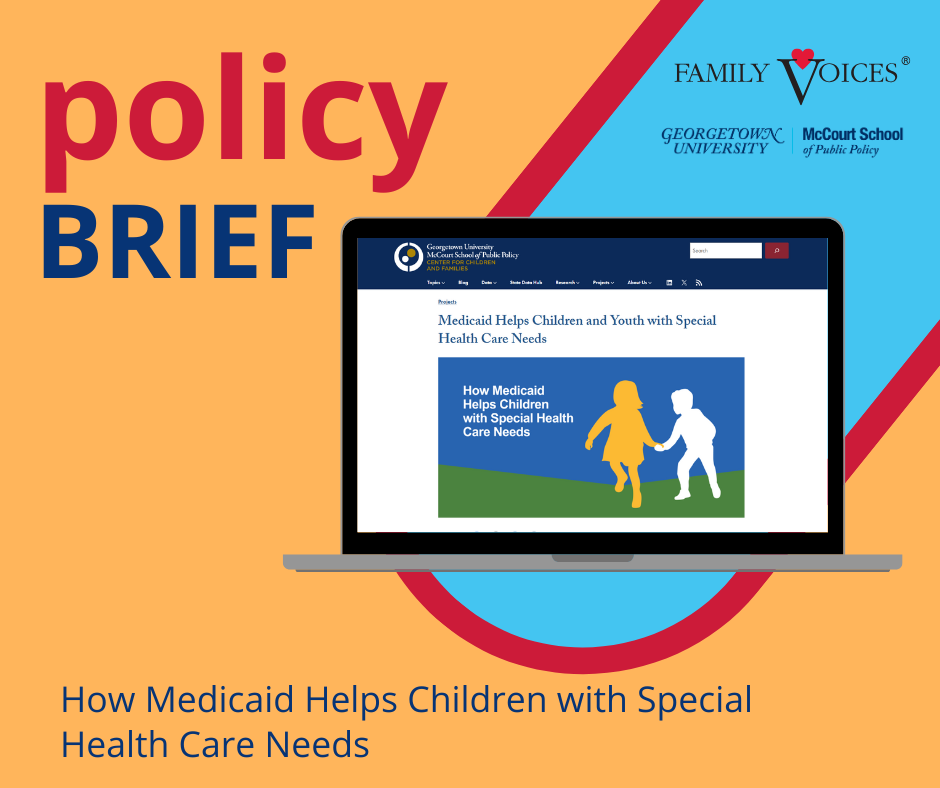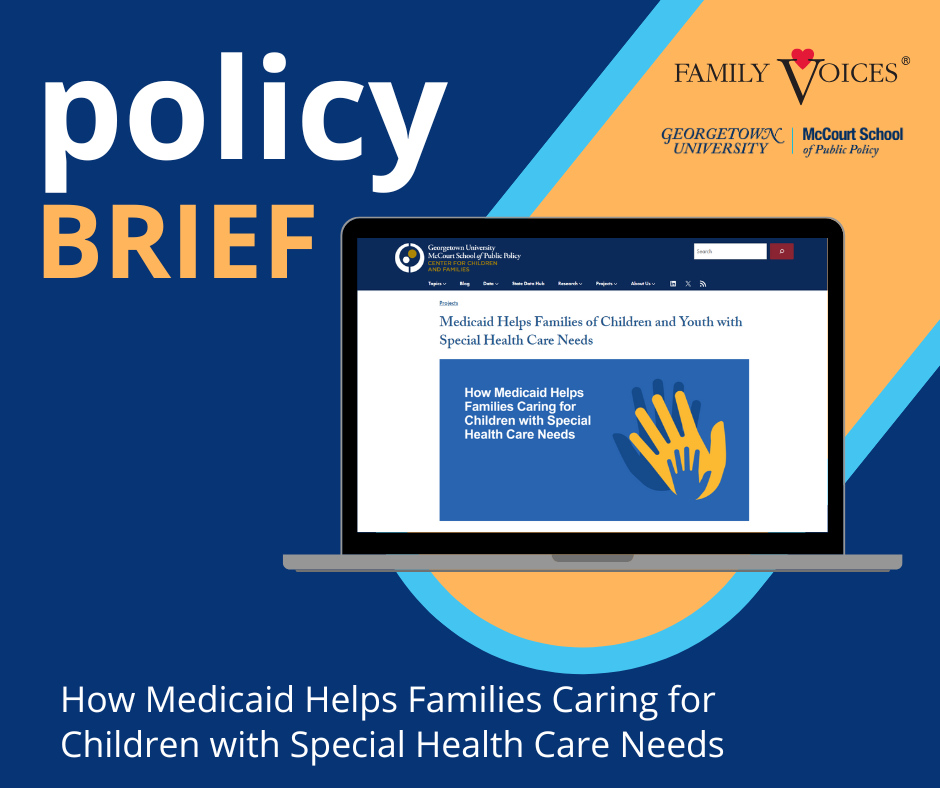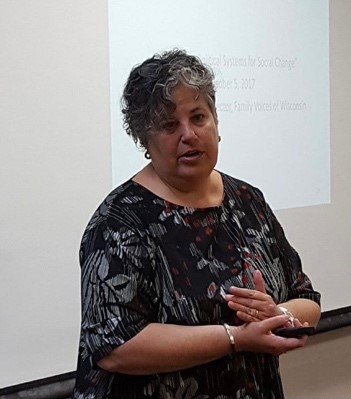
Public Policy
Policy Priorities to Support Children with Special Health Care Needs and Disabilities and Their Families
Our Strategic Policy Priorities
Children and youth with special health care needs and disabilities, and their families, face systemic barriers and biases that impede their ability to experience their best possible lives. Systems of care do not respond to their needs holistically or facilitate access to supports that enhance their quality of life.
To make the most impact, we focus our policy actions across all levels of government – federal, state, and local. We work with our family and organizational partners to lean on the various levers of policy change through education and advocacy.
Our current policy agenda includes:
- Expand access to peer-to-peer support for families of children and youth with special health care needs
- Support and expand Medicaid coverage for children and youth with special health care needs and their families and caregivers
- Improve the transition to adult health care for youth and young adults with disabilities and their caregivers and families
- Eliminate language access barriers
Family Voices collaborates with national child health and disability organizations, such as the Consortium for Citizens with Disabilities, The Arc, Autism Speaks, the American Academy of Pediatrics, and other groups.
Recent Policy-Related News
Washington Update September 23, 2021
A full moon, Fall begins, and the acceleration and/or deceleration of reconciliation and infrastructure! Before we take a look at what is happening on the Hill, let’s pause to celebrate this welcome Fall news: Pfizer will reportedly send their vaccine trial data for...
Washington Update September 15, 2021
Where to focus your eyes this week in DC! The Senate is back in town after their August recess. Senator Schumer has set a “soft” deadline for Senate democratic led committees to finish drafting their portions of the reconciliation bill. Meanwhile, we get our first...
Washington Update September 8, 2021
Welcome to the Fall of 2021 where much of the focus in Washington will be on reconciliation. If you recall, Democratic senators agreed to a $3.5 trillion reconciliation bill prior to the August Recess. Now begins the real work: what will be included. It is a massive...
Washington Update July 28, 2021
Recess! Members of Congress will be back in their home states for much of the month of August. Despite the term “recess,” they will not be on break or frolicking. August is a great time to connect with your legislators, or their key staffers, either virtually or in...
Washington Update July 21, 2021
It’s getting HOT in here… Summer and climate change are not the only reasons things are heating up in Washington, DC right now. Read the full issue here
Legislation
The legislation tracked below is for informational purposes only. It is not meant to be an endorsement for or against the legislation. Action updates may occur daily, if actions are taken by Congress. Newly introduced legislation will be added weekly.
The legislative tracker is sorted by latest action. To navigate this page, you can scroll through just as you would a normal webpage. You can also click Ctrl+F on your keyboard and type in the search box.
For additional information and to read the full text (if available), click the highlighted bill number. You can also navigate to Congress.gov and search using key terms or phrases, or the bill numbers listed below.


